Polaris Squadron makes their WOH Debut in 2024 with an eight jet formation demonstration
POLARIS SQUADRON IS INBOUND FOR THE FIRST-TIME AT ELLINGTON AIRPORT
This announcement is truly one-of-a-kind! For the first time ever at Wings Over Houston, the Polaris Squadron will take to the skies of Ellington. Imagine a MiG-29 (first time ever at WOH), three Alpha jets and a diamond of L-39’s flying in formation at this year’s show. That is exactly what you will see with the Polaris Squadron. Don’t miss seeing this rare and inspiring demo this October 26th & 27th at Ellington Airport!
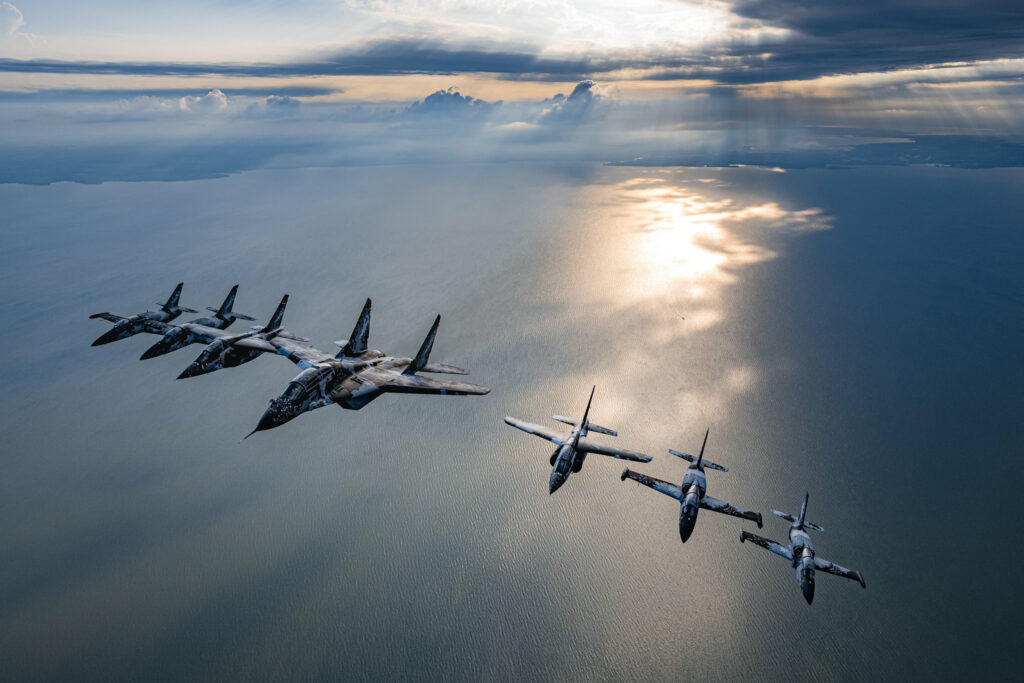
About the Polaris Squadron
The Polaris Program was assembled to demonstrate precision formation flying with the aim to inspire the next generation of aerospace enthusiasts and raise funds and awareness for their partner St. Jude Children’s Research Hospital.
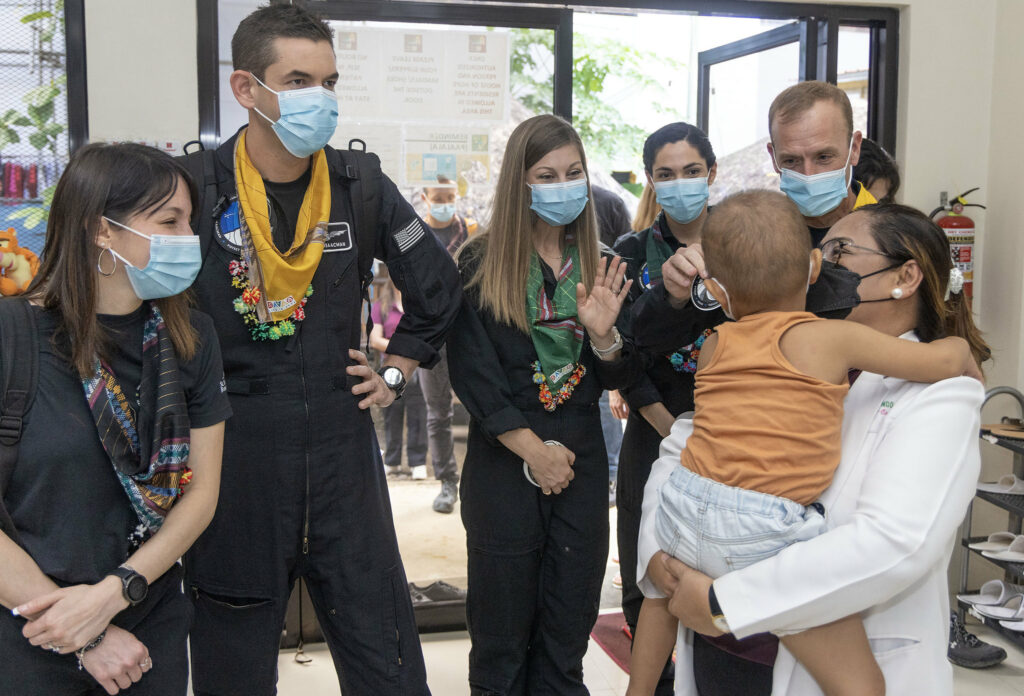
Polaris team visiting the House of Hope in Davao City, Philippines. Photo credit: St. Jude Children’s Research Hospital
Astronaut Training
The squadron’s fleet of jets provides training opportunities for astronauts from Polaris Program missions and other spaceflight initiatives. Training in a jet allows astronauts to enhance their crew resource management & navigation skills in a high-G, dynamic, and high-consequence environment – providing valuable real-world experience ahead of missions to space.
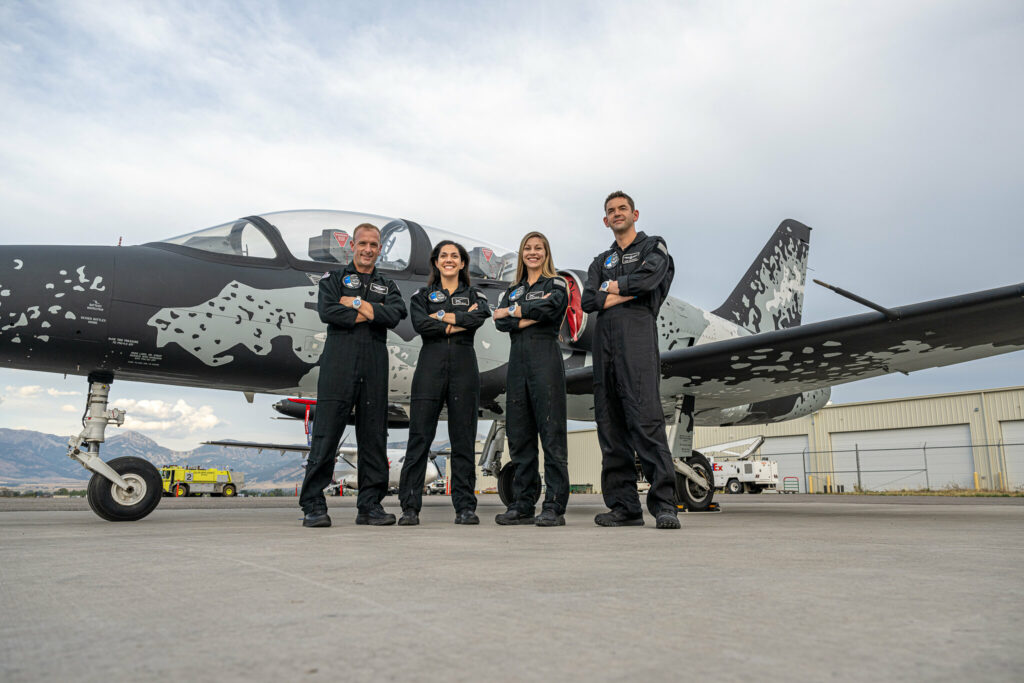
Research & Development
The Polaris team assists with R&D and other test missions within the space and aviation industries.
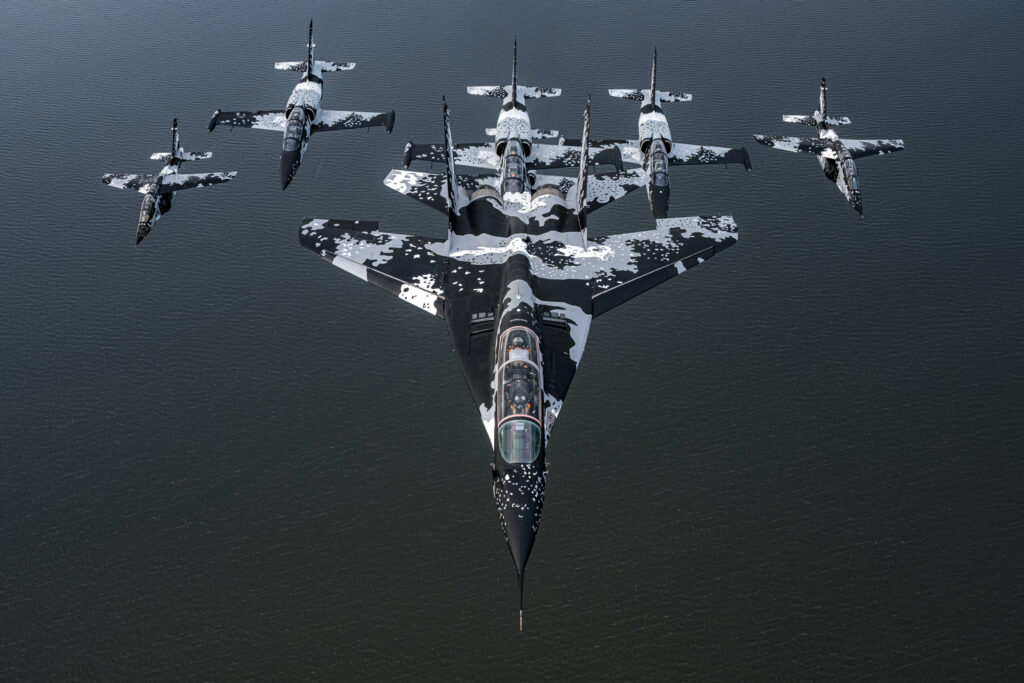
See a MiG-29 flying for the first time ever at the Wings Over Houston Airshow
This will be the first time in our airshow’s 40-year history that a MiG-29 will be flying for you at Ellington Airport. You won’t want to miss this historic aircraft take to the skies in formation with the Polaris Squadron.
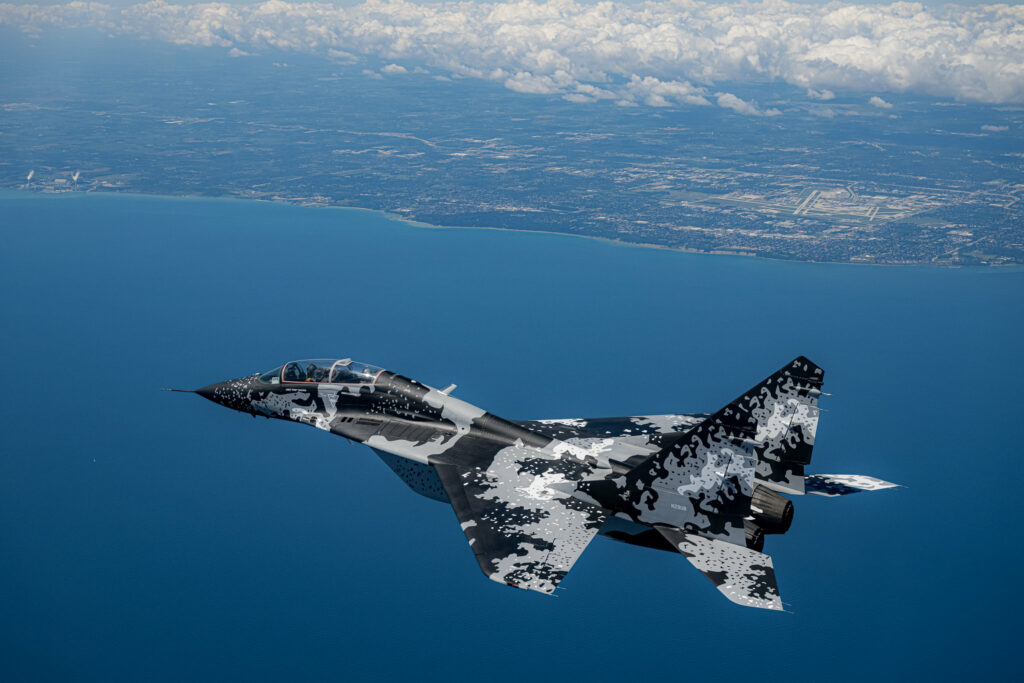
Here are some details about the MiG-29:
Although newer, the MiG-29 still lagged behind the most modern Western fighters in several important areas. For instance, the aircraft designers had little experience in either fly-by-wire controls or lightweight composite materials for airframe construction, and the first MiG-29 versions used a conventional hydraulic flight control system and an aluminum alloy fuselage. Over time, MiG designers addressed these deficiencies, and later variants of the MiG-29 incorporated some fly-by-wire controls and composite materials.
Nevertheless, the MiG-29 presented a formidable threat to Western pilots. The radars used on earlier Soviet fighters had been unable to distinguish aircraft flying below them from ground clutter, and low-flying aircraft could avoid detection. With the Phazotron NIIR N019 Doppler radar (NATO designation “Slot Back”) capable of detecting a target more than 60 miles away, infrared tracking sensors, and a laser rangefinder carried on the MiG-29, a pilot could track and shoot at aircraft flying below him. Also, the pilot’s Shchel-3UM-1 helmet-mounted aiming device turned the MiG-29 into a very dangerous threat once opponents came within visual range. No longer did a pilot have to turn his aircraft toward a target and wait for his missiles’ sensors to “lock-on” before firing. Now, the pilot simply turned his head toward a target, and the helmet aimed the missile’s sensors toward the target. This “off boresight” procedure gave the MiG-29 pilot a great advantage at close range.
TECHNICAL NOTES:
Armament: One 30mm GSh-301 cannon; six air-to-air missiles (mixture of medium-range, radar-guided AA-10 “Alamo-A;” or close-range, infrared-guided AA-11 “Archer;” and/or close-range, infrared-guided AA-8 “Aphid” missiles); able to carry bombs and 57mm, 80mm and 240mm rockets in attack role.
Engines: Two Isotov RD-33 turbofans of approx. 18,300 lbs. thrust each with afterburner
Maximum speed: Approx. Mach 2.3
Remember, as an Air Show Insider®; you get exclusive discounts not available to the public, while supplies last! Stay tuned to your email for more deep discount ticket launch details.
Sources / Credit:
Polaris Squadron Info: https://polarisprogram.com/aviation/
MiG-29 Info: https://www.nationalmuseum.af.mil/Visit/Museum-Exhibits/Fact-Sheets/Display/Article/197174/mikoyan-gurevich-mig-29a/
Photos: https://www.flickr.com/photos/polarisprogramphotos/
Photo #2: St. Jude Children’s Research Hospital
Aircraft and performers are subject to change without notice, due to operational considerations. If anything changes, we will do our best to let you know. Thank you!
Your Privacy & Personal Information
The security of your personal online information is paramount to us! We attempt to go above and beyond to protect your online identity when using this web site or purchasing tickets to the Airshow. Any user information collected will be used for the purposes of giving you airshow updates, marketing the airshow, and selling tickets to the CAF Wings Over Houston Airshow. Your information will NEVER be sold or rented to any third parties. For additional privacy information details, please review our privacy policy.
